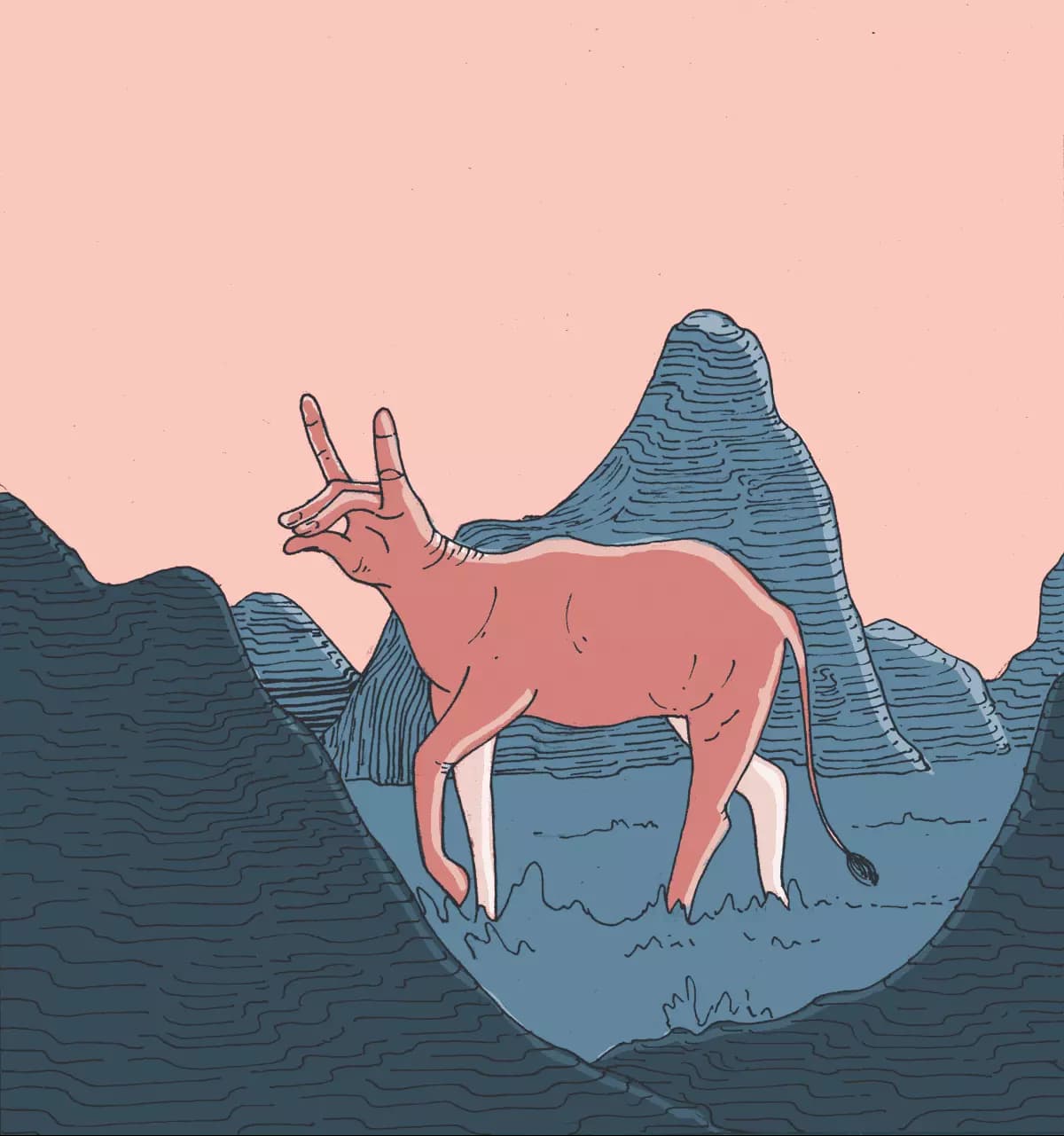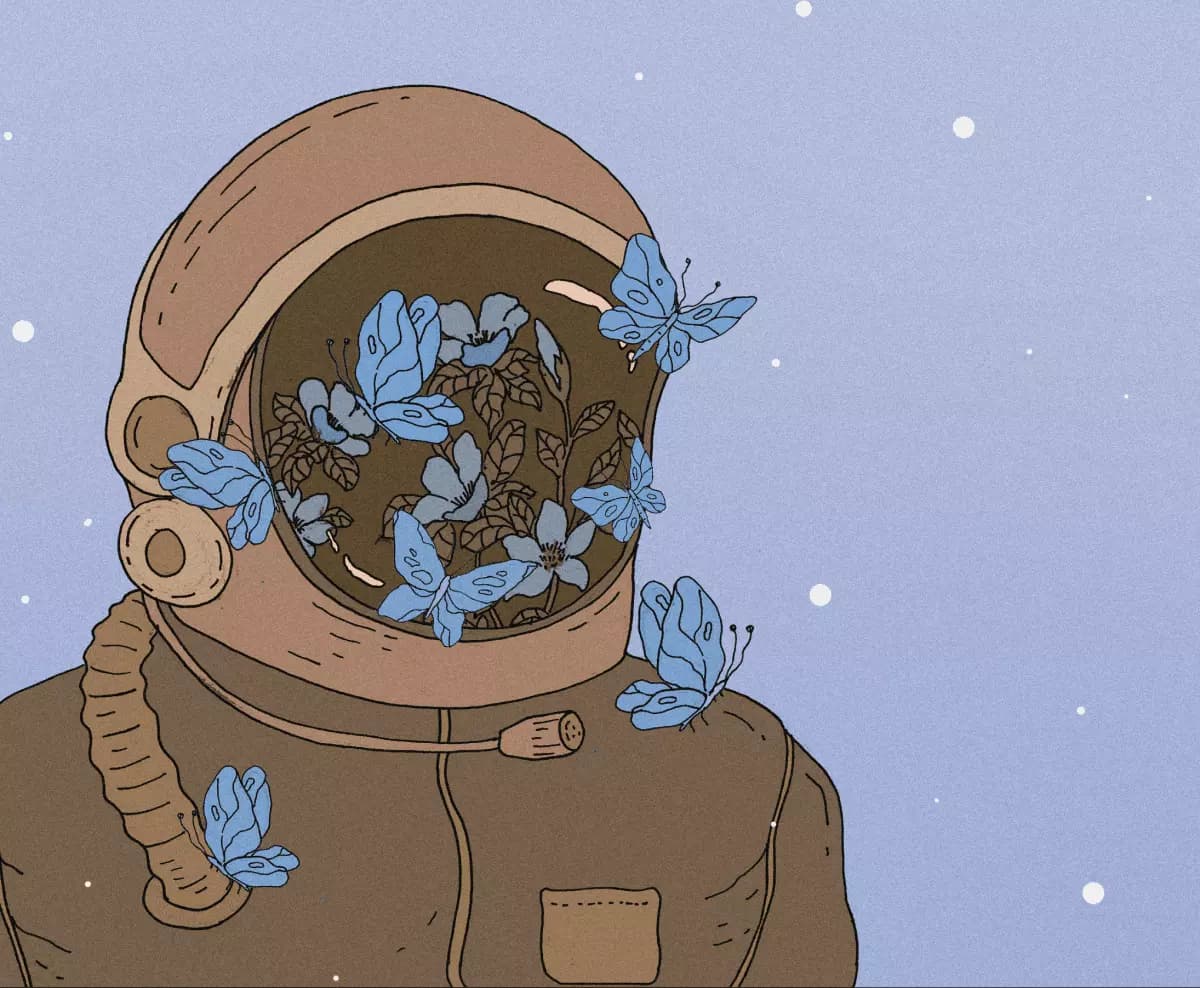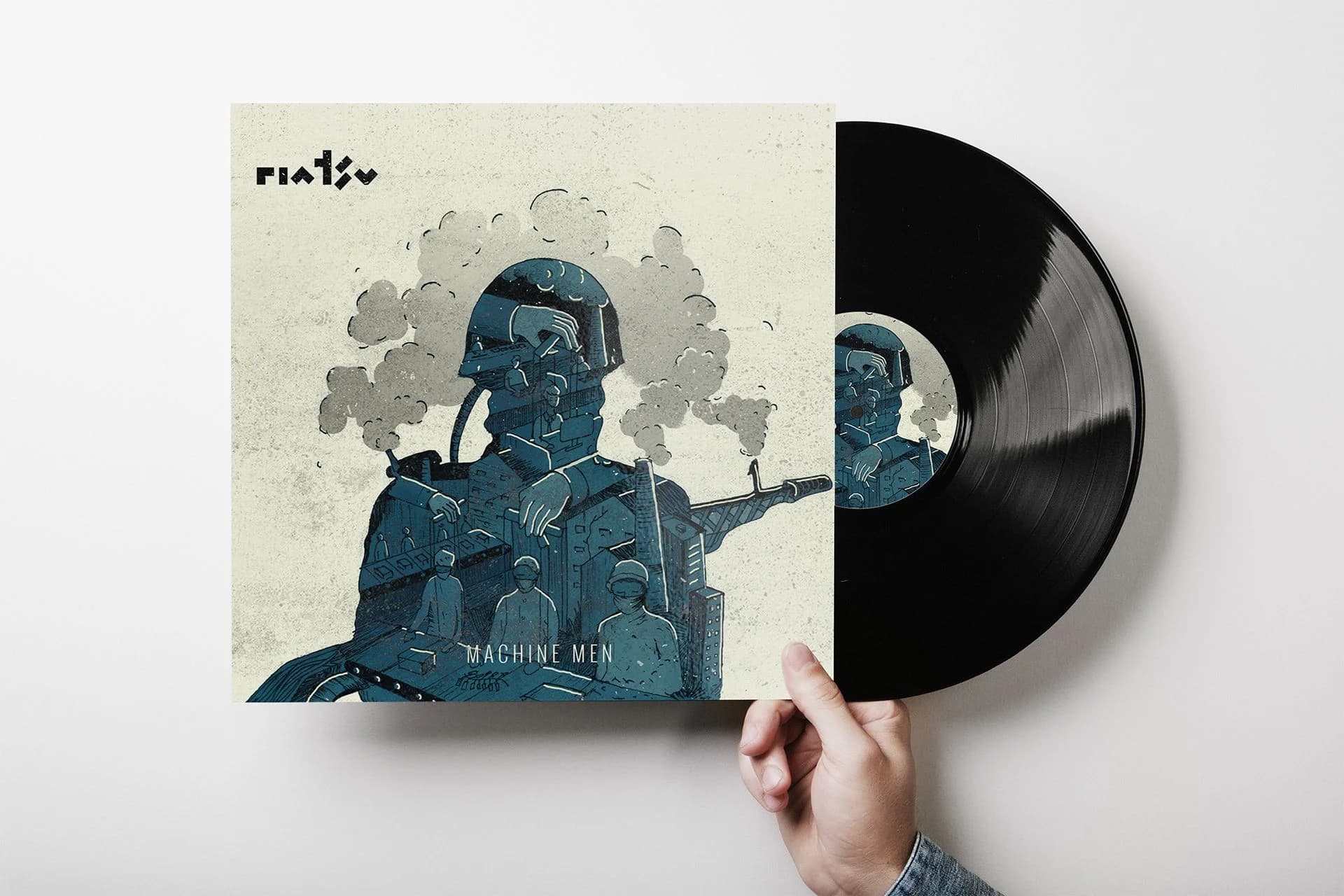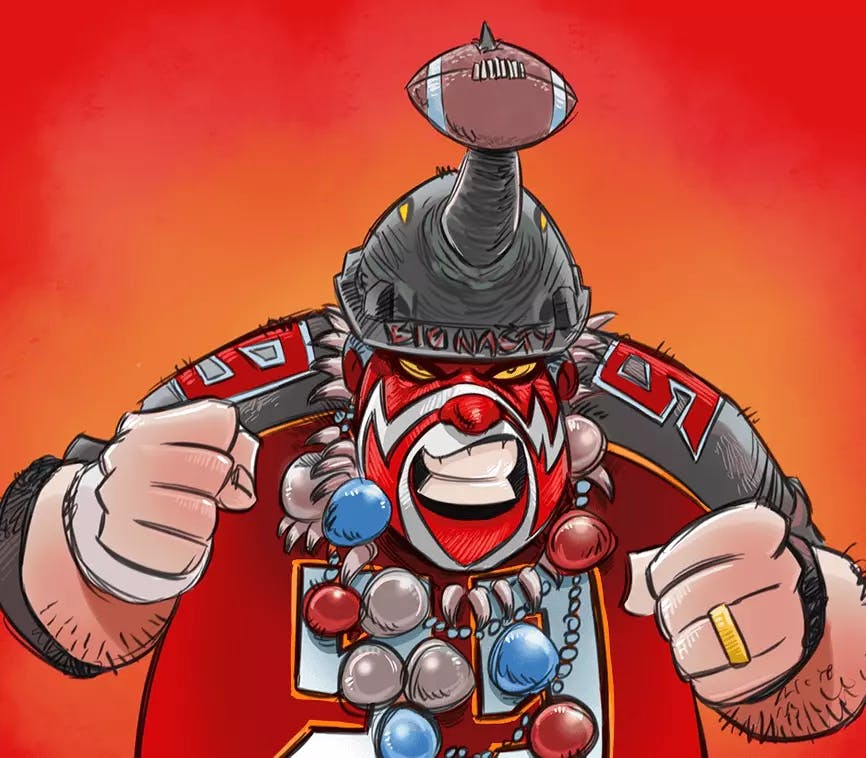
Phil Jones
Concept Artist
Illustrator
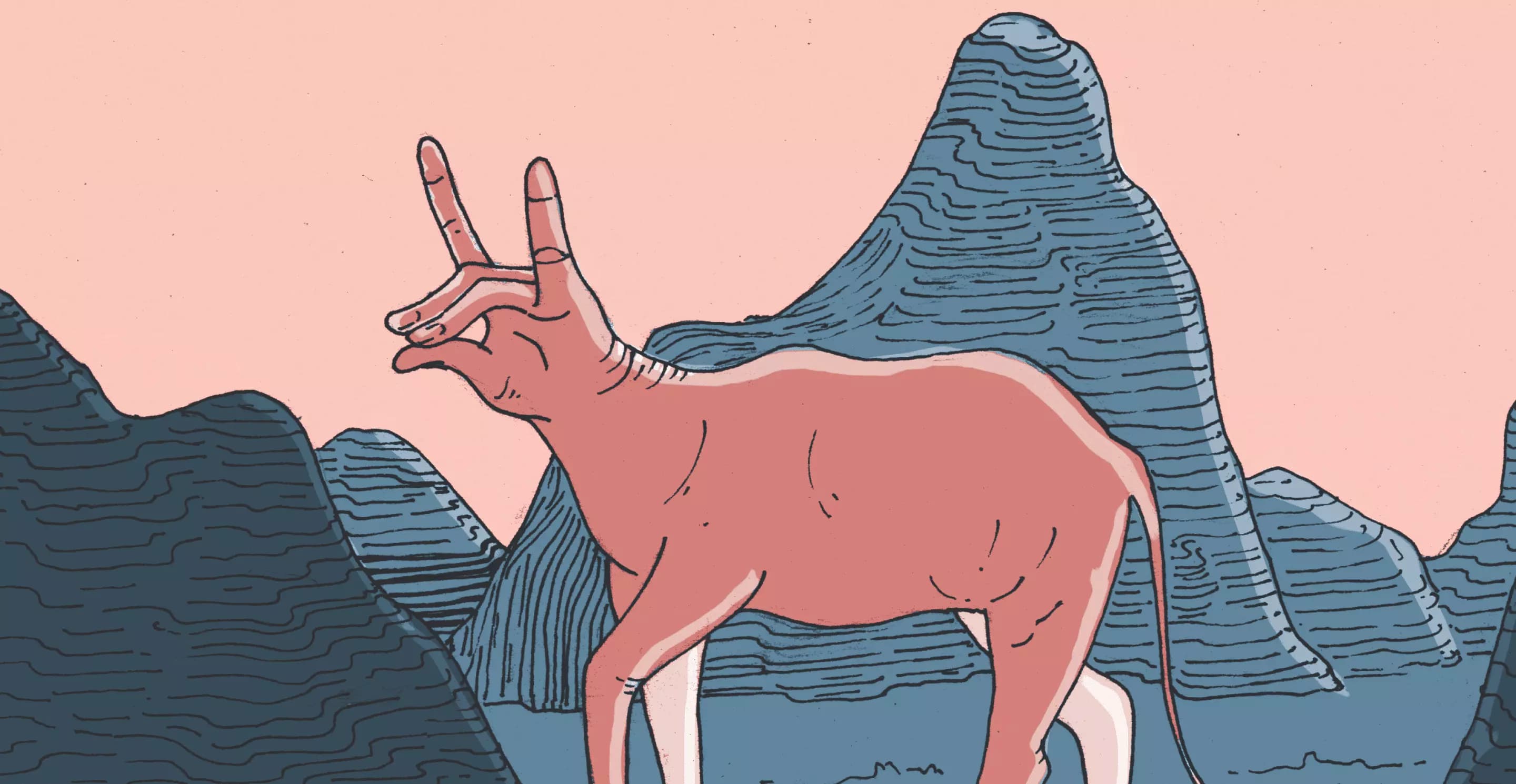

Merging Concept, Visual Styling, and Experimentation
Saloni Sinha: My role at Frog Design varies from project to project. I’ve been lucky to find myself involved in different domains like enterprises, B2B, or B2C markets. I’ve also had the opportunity to work on visual direction, design language systems, branding, and UX flows, and involve myself in pursuits of organization initiatives from time to time.
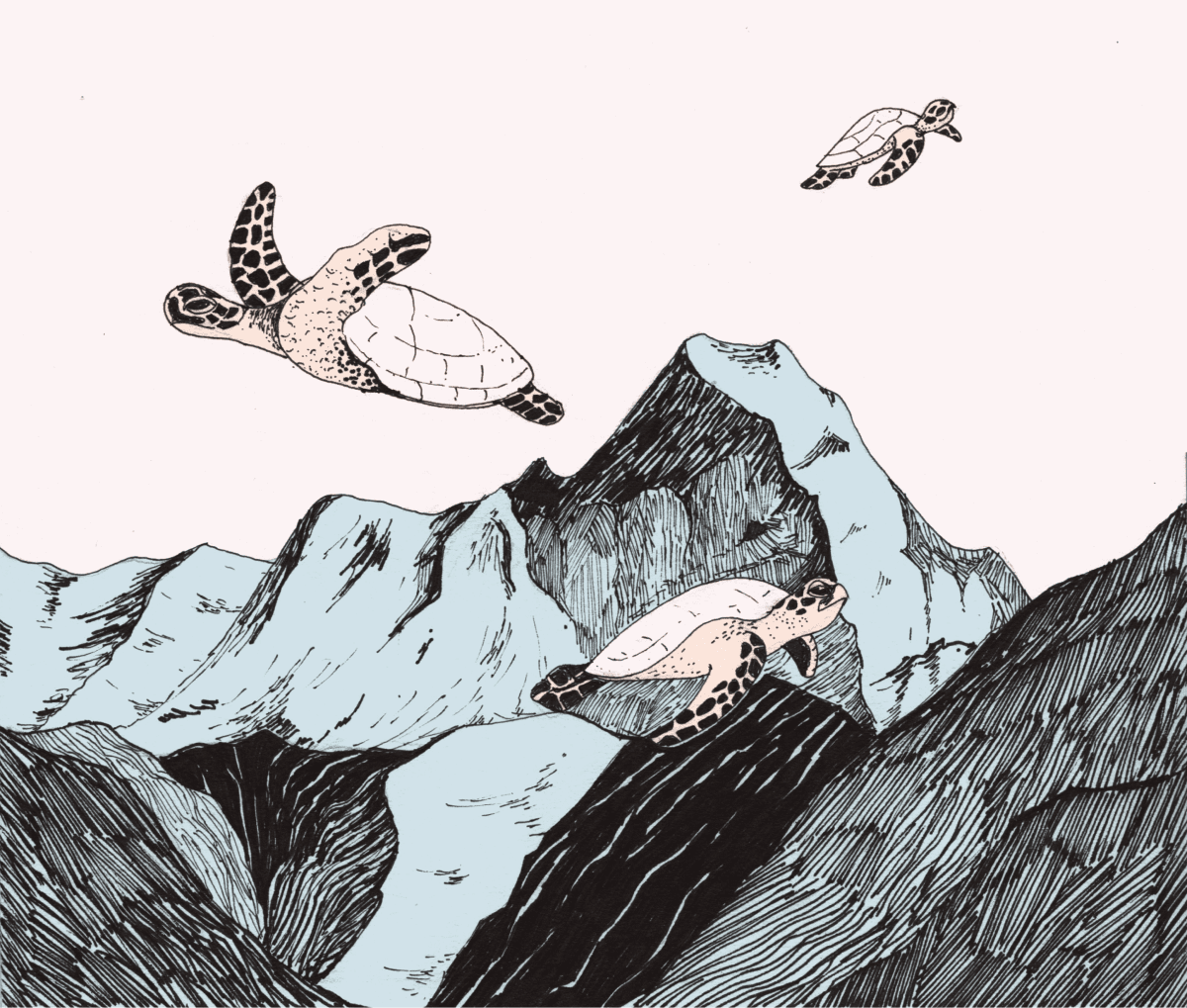
Saloni Sinha: I get inspired by many different artists all the time. Some of my favorites over the last few years are John Jurez, MC Escher, and Maria Tuiriana. John’s subjects are always out of this world. His usage of colors and minimal look are some things I try to adopt in my style as well.
l usually start with experimenting… Once you have one or two good concepts, you can start to refine and build something intuitively. Lastly, you decide which sort of visual styling would best suit the concept.
Likewise, I’m always in awe of and puzzled by Escher’s genius mind. I am not sure if I’ve adopted any of his approaches but it always mesmerizes me. Maria has a dark yet adorable and humorous style, which is always a delight to see. I feel quite inspired by her use of organic and traditional mediums, which is a good reminder for me to turn to transitional media as much as possible.
Saloni Sinha: Having gone through the foundations of design and having the opportunity to experiment with different disciplines in my design education has helped me adapt to different domains. Yet I feel that most of the time it’s the willingness and staying curious that helps you adapt.
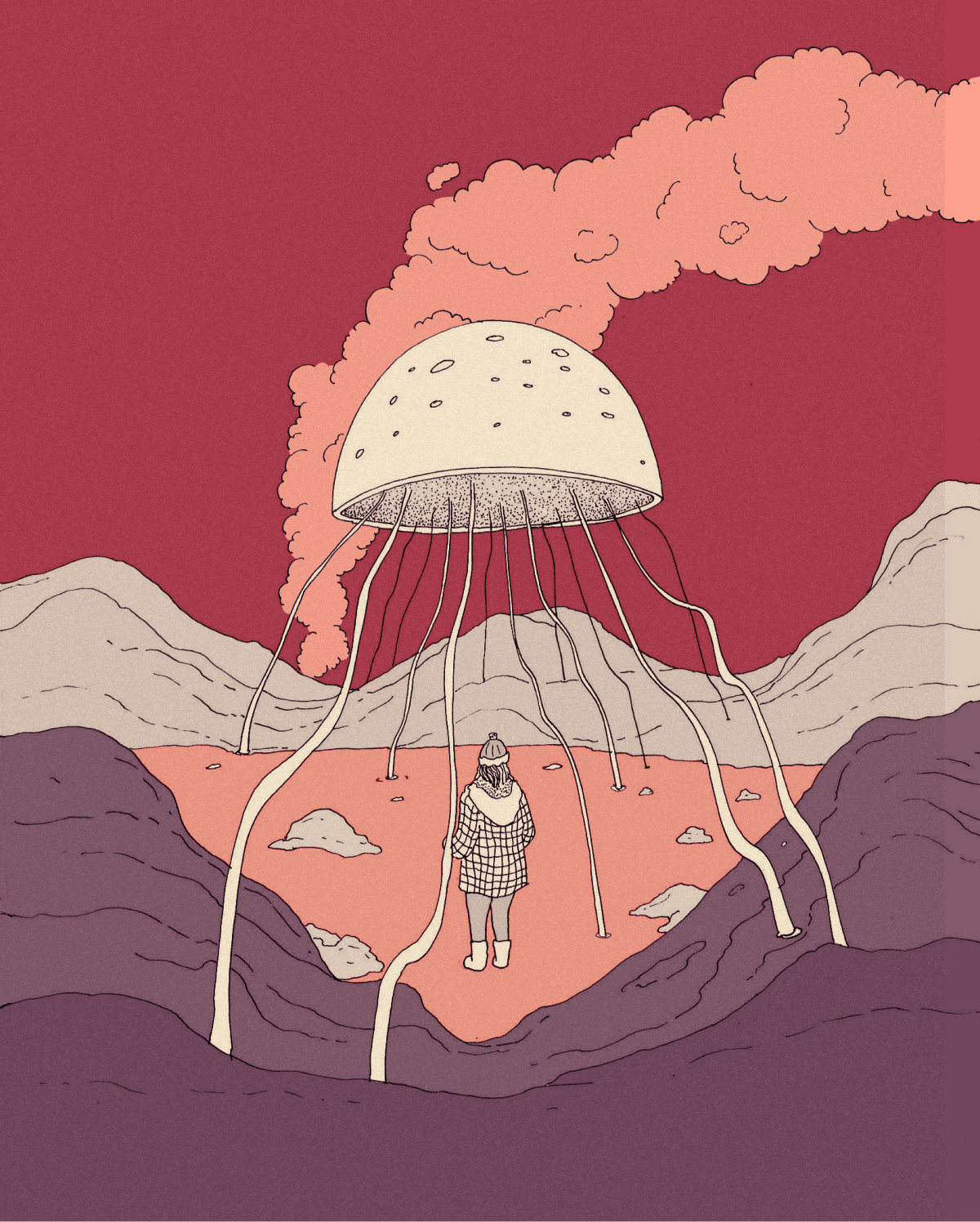
Saloni Sinha: l usually start with experimenting, which is sort of an open field to play around and have fun. At this stage, I’m not bothered by the end result. Once you have one or two good concepts, you can start to refine and build something intuitively. Lastly, you decide which sort of visual styling would best suit the concept. Normally, I tend to play around with colors and typography to decide a mood. I don’t believe in a fixed process; I feel you can iterate and keep an open mind.
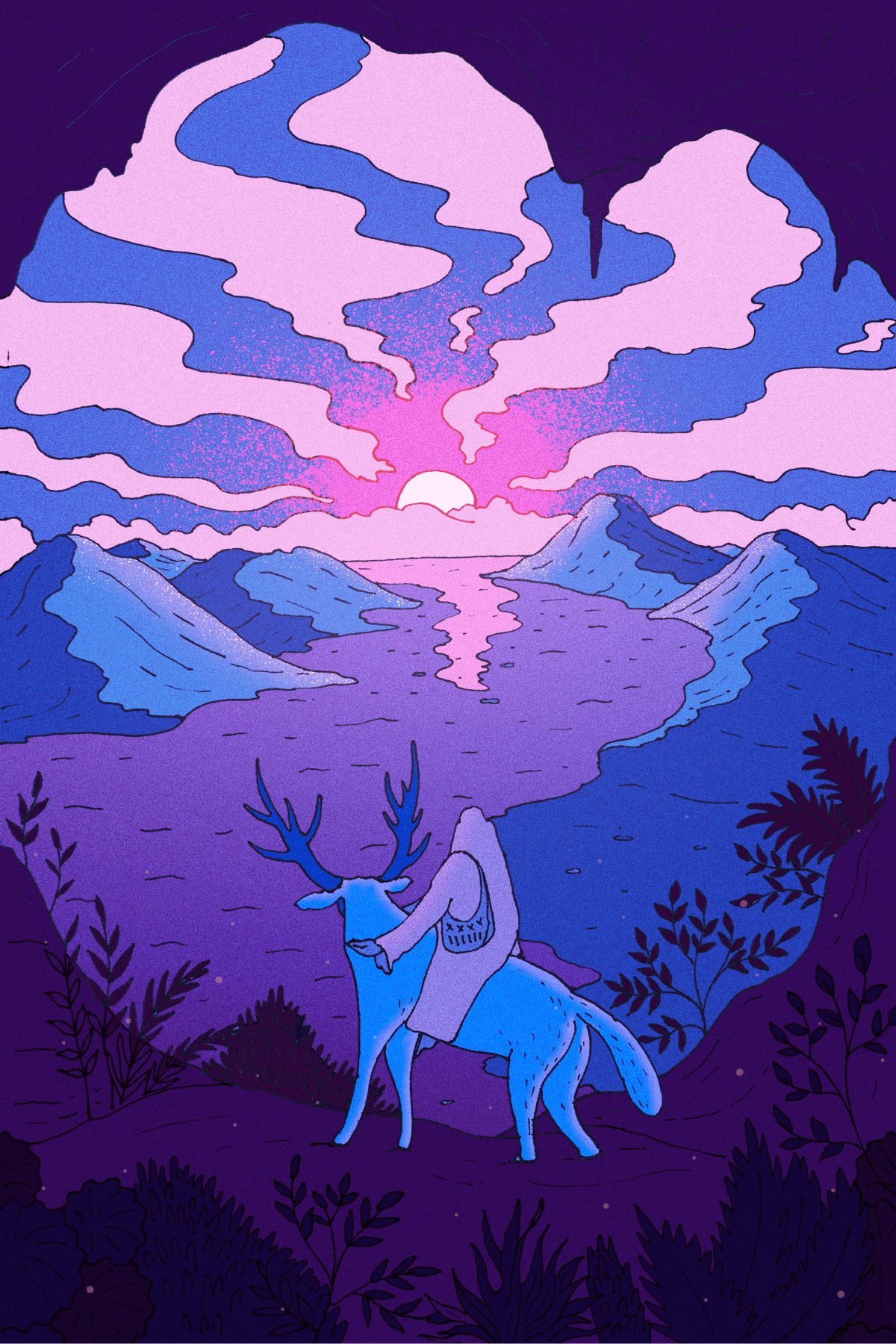
Saloni Sinha: Some of the projects/clients which are special two I are:
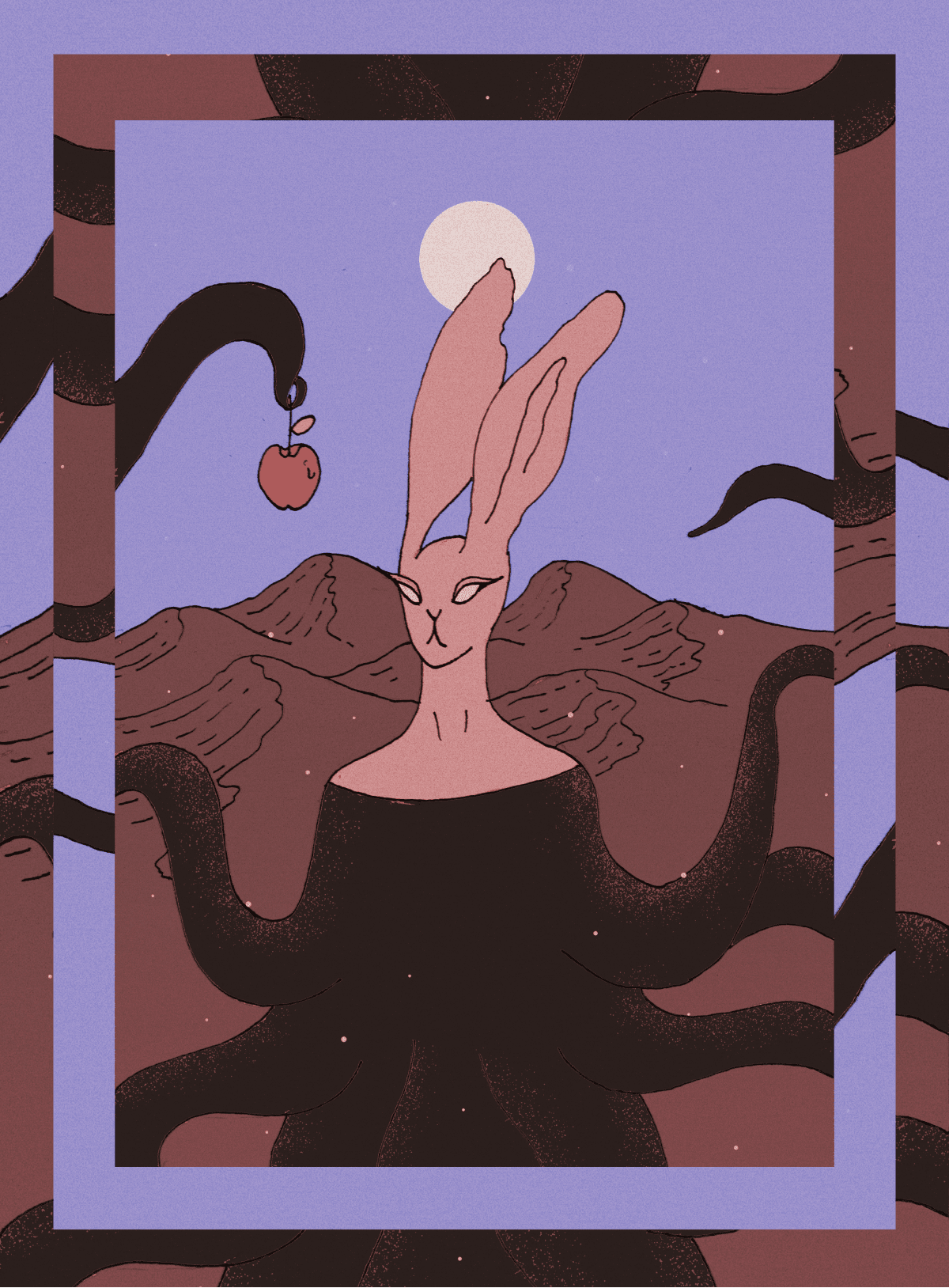
l usually start with experimenting. Once you have one or two good concepts, you can start to refine and build something intuitively. Lastly, you decide which sort of visual styling would best suit the concept.
Saloni Sinha: I usually tend to work towards a minimal style. I spend more time sketching and inking before I start to digitize. In most of my work, I try to keep the use of colors to a minimum of two or three while coloring digitally. In my opinion, two to three colors bring good balance and harmony. I add depth by adding some tints and tones while sometimes playing around with unconventional proportions to bring surprise.
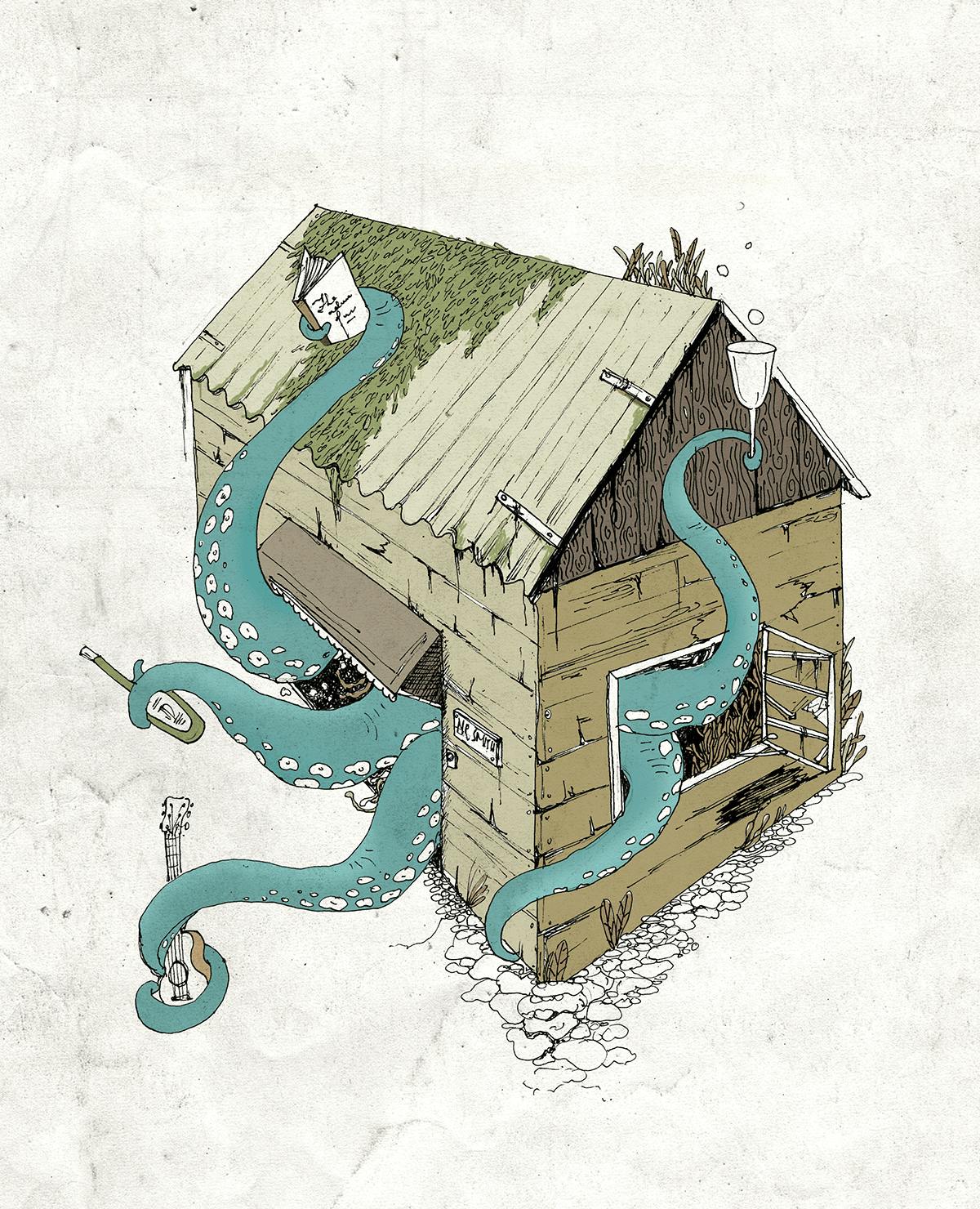
Saloni Sinha: Art can be more immersive with upcoming technologies. People can experiment and combine different mediums to create enriching experiences.
Saloni Sinha: Understand clients thoroughly, making sure they are involved in each stage of ideation. At the same time, give yourself time to refine your ideas. Ideally, you don’t want to show them the entire process of brainstorming since it may expose them to half-cooked ideas and confuse them. Once you have a few directions for them to choose from, you can funnel your design sooner. Sometimes it will also depend on what kind of client you get – there might be clients who are particular about something, while some give you more liberty. As an artist, though, you can take that lead in direction while still keeping the brief in mind.
Saloni Sinha: My subjects keep changing from time to time. Earlier, I was heavily inspired by the metal culture and dark fantasy, so I naturally made a lot of punk/spooky drawings. Nowadays, with my growing interest in space and nature, I draw a lot of inspiration from the two and amalgamate them with everyday life and fantasy.
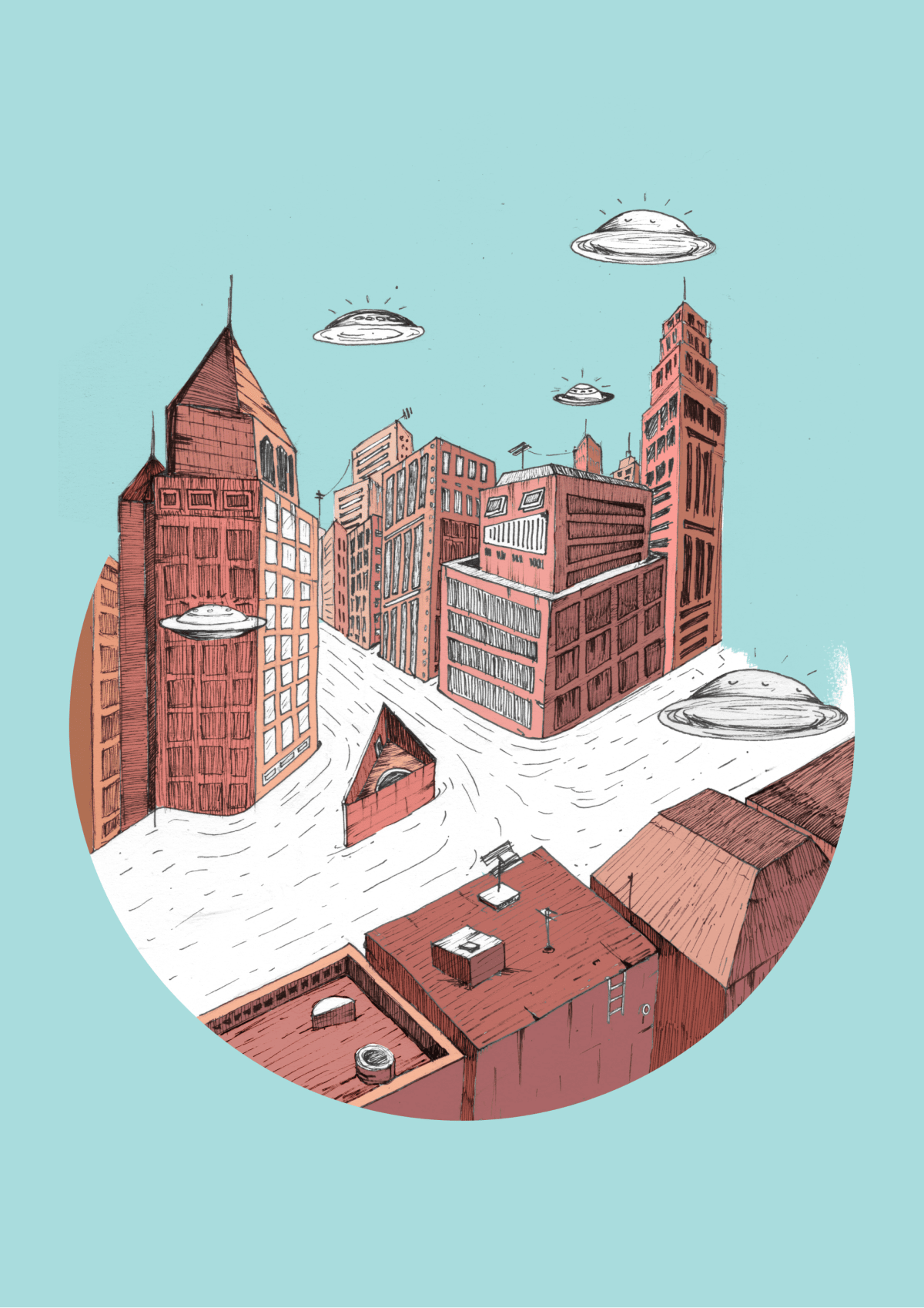
Saloni Sinha: I’d love to work on a project related to sustainability and nature conservation that can make an actual impact on our planet. And, for fun, I’d love to make album covers for some of my favorite bands as I love music.
